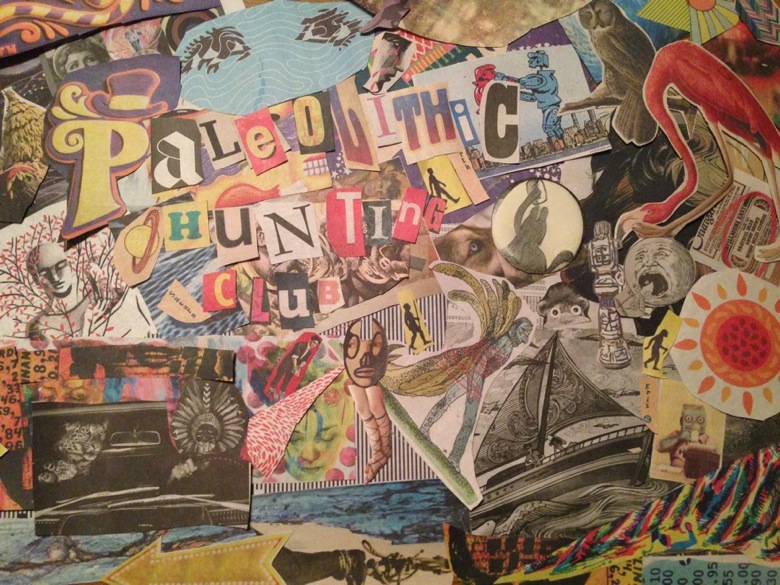This Podcast episode is on the great Russian writer Daniil Kharms.
Daniil Kharms
was a Russian writer from the 1930s and one of the founders of the avant-garde
group called the OBERIU. This group was
one of the last little flare-ups of Russian modernism before Socialist Realism
took hold as the official state sanctioned method for creating art. Artists were expected to create something
that carried on the state’s ideology.
The
avant-garde was celebrated but fell out of favor after the revolution. These pre-revolutionary modernist experiments
were seen as a pre-revolutionary decadent form and were discouraged. The OBERIU directly challenged Socialist
Realism and all existing conventions. Daniil
Kharms explains his literary theory in violent terms saying that his words are
an object and could quite literally smash a window out:
It isn’t
just words or thoughts printed on paper; it is a thing as real as a crystal
inkwell, standing in front of me on the table.
It seems that these verses have become a thing, and one can take them
off the page and throw them at a window, and the window would break. That’s what words can do! (13 Kharms, Yankelevich)
Kharms does
all of the wrong things on purpose. He juxtaposes
good and bad writing techniques, smashing them together to create something
new. Some of the ways he questions what
a story is and what it is supposed to do by directly questioning what a
narrative is. Consider the story in Blue
Notebook #10:
There was a
red-haired man who had no eyes or ears. He didn’t have hair either, so he was
called a redhead arbitrarily.
He couldn't talk
because he had no mouth. He didn’t have a nose either.
He didn't even have
arms or legs. He had no stomach, he had no back, no spine and he didn’t have
any insides at all. There was nothing! So, we don’t even know who we’re talking about.
We’d better not talk
about him anymore (45 Kharms, Yankelevich).
He starts the first sentence off with the kind of details that build an
image in the reader’s head, “There was a red-haired man…” Kharms then abruptly
abandons the constructive framework of narrative and piece-by-piece tears the
entire story down to oblivion. Kharms
revels in oblivion, taking his time naming each non-existent appendage of the
non-existent man. The lack of story and
character is the story.
Kharms stripped words and narrative of its normal uses and
meanings. He wrote stories that break
all of the rules, but function and work all the same because of the dark humor
and irony. Kharms treats writing as an
event and plays with the idea of writer’s block. Not writing anything is itself a story or
often the story. Kharms adds random
outbursts of unexpected extreme senseless (to the plot) violence and pointless
miracles that serve to either abruptly end the story or to provide a dark
humorous punch line.
People often read Kharms in the context of political allegory. George Gibian writes in Russia's
Lost Literature of the Absurd:
Kharms and Vvedensky, however (incontrast to Kafka
in Austria-Hungary and Czechoslovakia, or Beckett in Ireland and France), were
satirizing and parodying the monstrosities and absurdities of a special set of
circumstances, of their own age, of Soviet Russia of the first Five-year plan
and the middle 1930s. Language and
rationality were being abused, facts distorted, values turned upside down. Hundreds of thousands of people were being
arrested, ostensibly for the purpose of creating a new, classless, perfect
society (Kharms, Vvedenskiĭ , Gibian 28).
While it is tempting to
pigeonhole Kharms and fellow OBERIU writers as a reaction to the world around
them and this was no doubt a part of it, the OBERIU were part of a larger
global trend trying to reinterpret the world in new ways with new methods. Kharms viewing his poems as a physical object
is similar to William Carlos Williams poem The Red Wheelbarrow. Williams constructed that poem the same way a
sculptor would make a sculpture. The big
difference is the subversiveness of the OBERIU most of the members were jailed
as World War II loomed on the horizon and many of the authors died in
jail. The manuscripts that were left
behind stayed out of the public sphere until 1967 and have continued to trickle
forward inspiring and finding new audiences.
Things on the web:
Bibliography
Cornwell, Neil. Daniil Kharms and the Poetics of the
Absurd: Essays and Materials. New York: St. Martin's, 1991. Print.
Kharms, Daniil, Aleksandr Ivanovich Vvedenskiĭ, and George Gibian. Russia's
Lost Literature of the Absurd: A Literary Discovery: Selected Works of Daniil
Kharms and Alexander Vvedensky. Ithaca: Cornell UP, 1971. Print.
Kharms, Daniil, and Matvei Yankelevich. Today I Wrote
Nothing: The Selected Writings of Daniil Kharms. New York: Overlook
Duckworth, 2007. Print.
Roberts, Graham. The Last Soviet Avant-garde:
OBERIU--fact, Fiction, Metafiction. Cambridge, U.K.: Cambridge UP, 1997.
Print.
Wanner, Adrian. Russian Minimalism: From the Prose Poem
to the Anti-story. Evanston, IL: Northwestern UP, 2003. Print.

